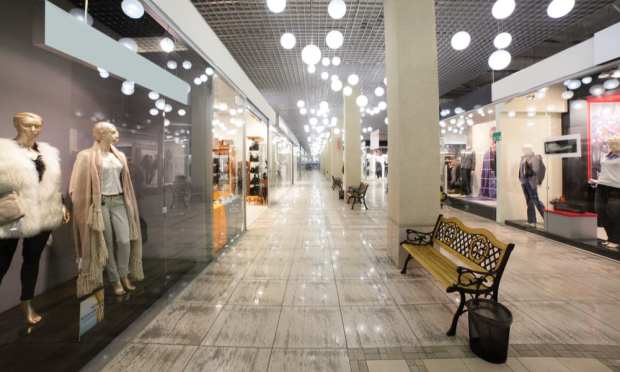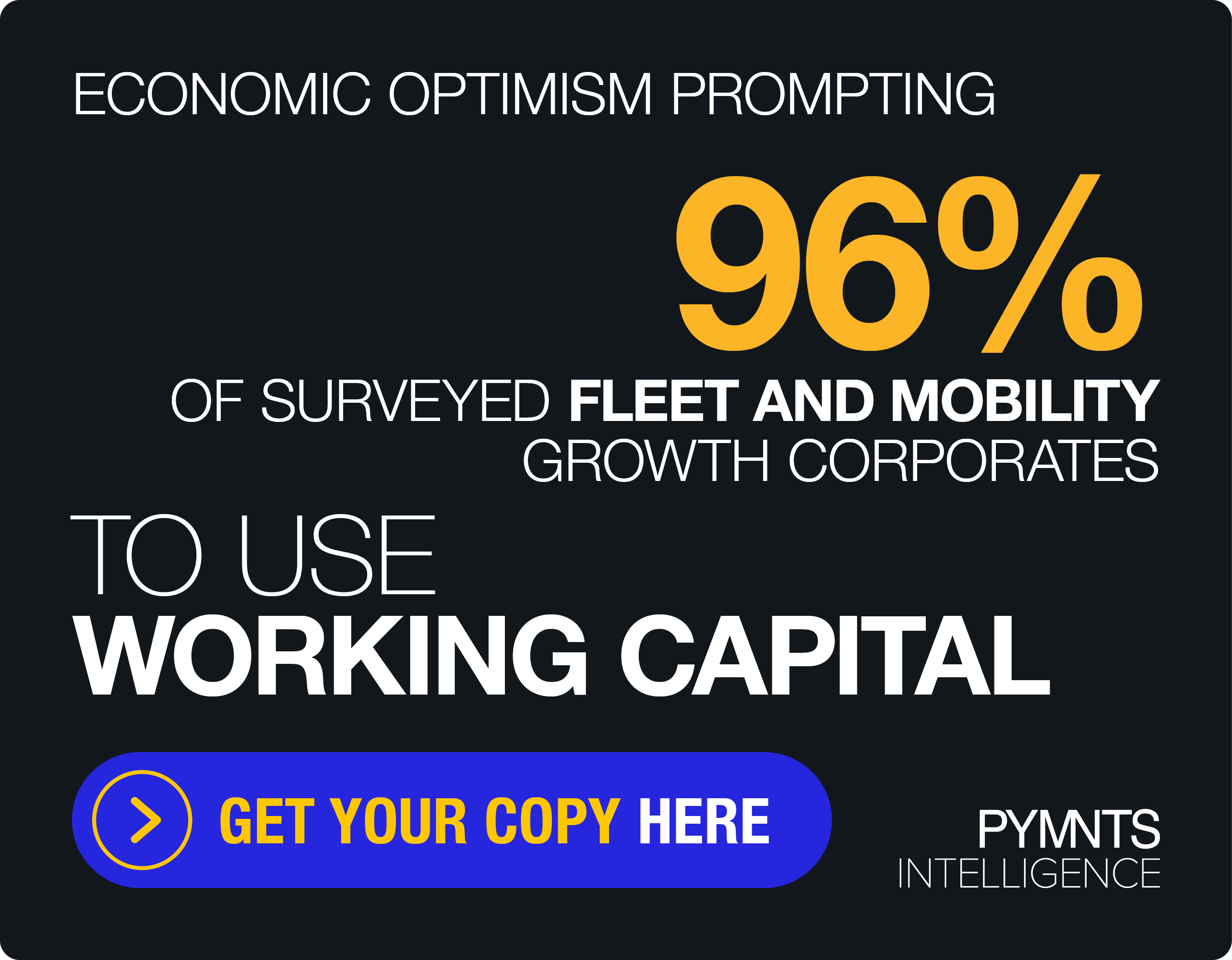Latest Consumer Survey Doesn’t Show Good News For Shopping Malls

COVID-19 social distancing restrictions have shuttered most U.S. malls at a time when they were already hurting, but it’s not clear that merely lifting bans on “nonessential” businesses will help. Our latest PYMNTS COVID-19 Tracker – a survey of thousands of U.S. consumers – found that customers won’t return to anything approaching “normal” shopping until several things happen beyond a simple government go-ahead.
It turns out social distancing isn’t just a government order, but is also a real concern to consumers – and a potential hindrance to retail recovery. First, the length of the pandemic is very different in consumers’ minds than it is from government or private sector estimates.
After all, some states have already set guidelines for retail reopenings ranging from in the next few days to mid-May. But consumers we surveyed on April 11 expect it will be much longer before they’ll be willing to say the pandemic is behind them.
On average, consumers we polled believe the pandemic will last for 178 days – which would be October. And that’s up from the 138 days we found in a survey conducted on March 17, just as the shutdowns were taking hold.
As some analysts have suggested, it turns out that returning to normal shopping behavior has very little to do with economic recovery or the need to spend – and everything to do with personal safety. When asked for their No. 1 concern about returning to pre-crisis commerce activities, 31.4 percent of consumers cited personal health (i.e., their fear of getting sick). Fear of losing their jobs didn’t show up until No. 6 on the list, and even then, only 4.1 percent of poll respondents cited that.
Consumers also say that returning to any kind of normal routine depends not on an all-clear from the government or the availability of testing, but on the creation of a COVID-19 vaccine. Our survey found that 48.8 percent of consumers would need to see that before returning to normal activities – up from just 39.7 percent who said the same thing on March 17.
Unfortunately, no one expects a vaccine to arrive any time soon. “Current thinking is the development of a vaccine is a minimum of 12 months away, to which you would be sensible to add a further six months for the global distribution of the vaccine,” says CustomerThink. “Until a vaccine is released, expect some form of social distancing to remain in place that will rachet up when infections increase and rachet down when infections stabilize.”
What This Means for Malls
Does this mean malls will have to deal with a permanent shift to online shopping? Some experts think so.
“Even after the ongoing pandemic, with social distancing as the new standard of living, people will reach the retail stores only for the essentials, and the rest will be accomplished online,” said the CustomerThink. “A lot of people are going to realize that they don’t need as much as they used to spend- consuming less as recession steps in. Thus, retail shopping will see no ray of light soon. To find new ways of brand positioning, these stores need to embrace technology and try to remove the fear as customers move through a store.”
The Dallas Morning News added that “it’s unclear whether people will still be comfortable shopping at discount stores, where customers pick up a lot of objects that others have touched. And cheek-by-jowl rummaging could be an issue after an extended period of social distancing. Stores like T.J. Maxx and Marshalls may be forced to re-envision their cluttered aisles.”
Meanwhile, Chinese retailers are implementing some procedures that could become standard. For example, malls there have instituted temperature checks and controls of shopper traffic, while some stores disinfect items. And in Germany, officials have allowed stores of more than 8,600 square feet to reopen, but IKEA counts shoppers, with a limit of 640 customers in the store at once.
Of course, the best way to maintain social distance is to shop from home – something our latest survey picked up on. On March 6, only 12.3 percent of poll respondents told us they would shift their shopping to digital channels. But by April 11, that number had spiked to 35.5 percent.
To read more of our latest survey results, click here.
